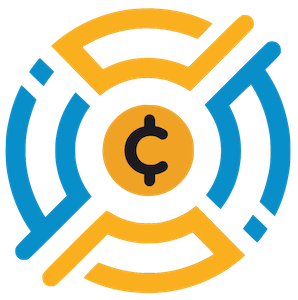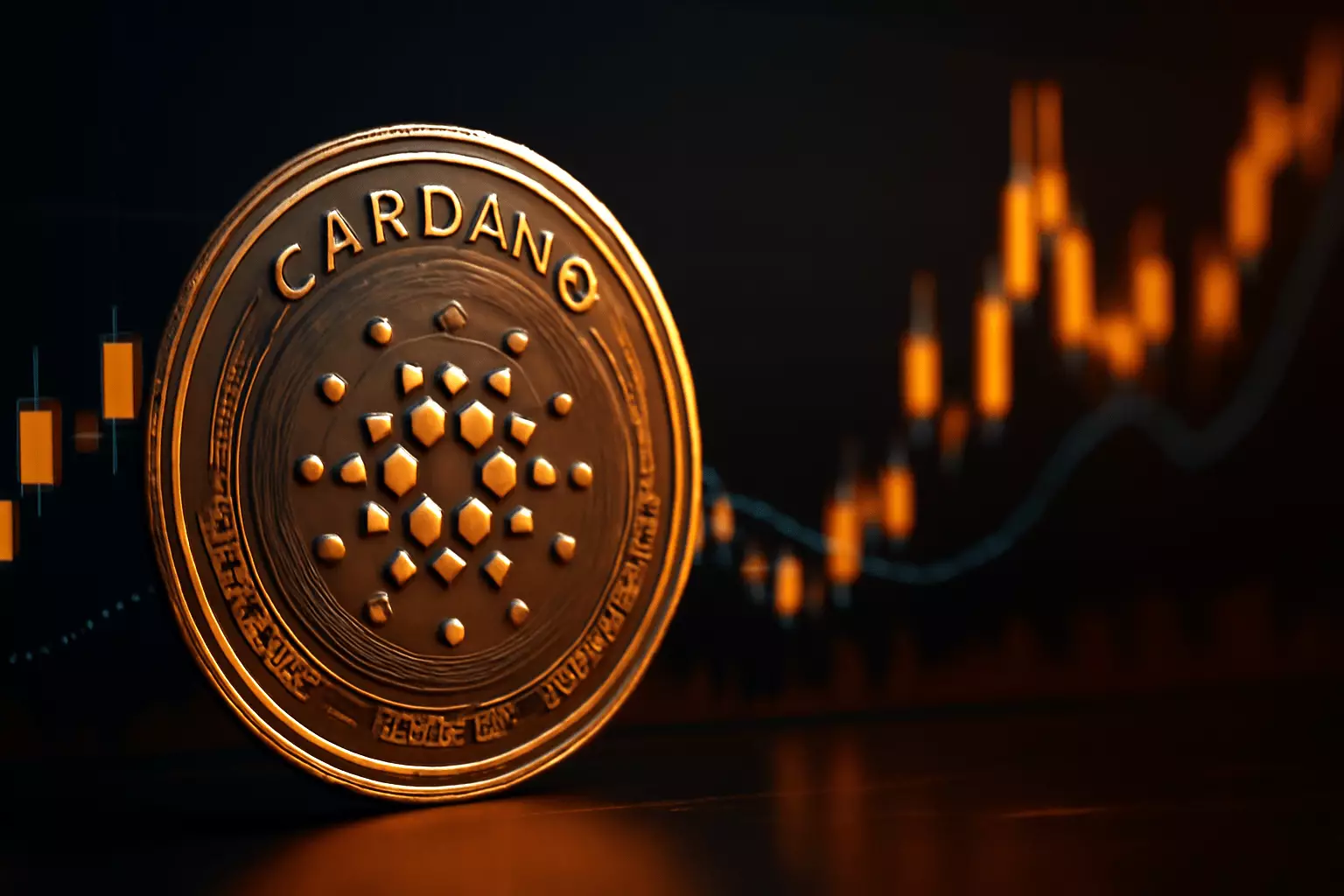As cryptocurrencies increasingly permeate our financial systems, Cardano has emerged as a prominent player, sculpting its own niche in a highly competitive market. The cryptocurrency’s native token, ADA, is currently trading at around $0.70, but industry experts like Cardano staking pool operator Sssebi (@Av_Sebastian) are making audacious claims that it could skyrocket to $10 by the end of 2025. While this bold prediction may seem far-fetched at first glance, the developments within the ecosystem provide some fertile ground for optimism, albeit with a side of caution.
The notion of ADA reaching double digits is fuelled by several pivotal factors—each described as an “ingredient” for this anticipated surge. However, such claims must be tempered by an understanding of the volatile nature of the crypto market, where uncertainty reigns supreme. It’s crucial to analyze these developments critically to gauge whether the buzz surrounding ADA is backed by substantive evidence or if it’s merely speculative hype.
Blockchain Interoperability: A Game-Changer
Cardano’s recent innovations present various possibilities that could enhance its market appeal. At the Bitcoin 2025 conference in Las Vegas, a remarkable demonstration was unveiled by Input Output (IO): a live Bitcoin Ordinal was successfully transferred across a new BitVM-based bridge to Cardano. This initiative suggests a future where Bitcoin holders can effectively leverage their assets within the Cardano ecosystem, positioning it as a promising settlement layer for BTCFi applications.
As the market for decentralized finance (DeFi) exceeds $1 trillion, Cardano’s approach to facilitating Bitcoin liquidity through a non-custodial system could entice investors. The bridge thus serves not only as a technical showcase but also as a method to attract traditional investors who have previously refrained from participating in the altcoin space due to concerns about security and regulatory compliance. Interestingly, the integration of Bitcoin into Cardano demonstrates the potential to create value not just within a bubble but in a collaborative blockchain environment that genuinely prioritizes interoperability.
Privacy and Governance Tokens: The Midnight Initiative
One of the most ambitious plans is the upcoming launch of Midnight, Charles Hoskinson’s privacy-focused sidechain. Notably, Midnight is set to airdrop governance tokens, NIGHT, and DUST privacy tokens to a staggering 37 million wallets across multiple blockchains, excluding traditional venture capitalists from the initial distribution—an eccentric move that could redefine user engagement. Hoskinson’s strategy of giving away tokens for free adds a layer of community-building that many other crypto projects overlook.
Should Midnight’s cross-chain functionality amplify transactions and bring new users into the Cardano fold, it may serve as a pivotal driver for ADA’s price appreciation. The prospect of enhanced privacy combined with governance features introduces an additional layer of sophistication that could resonate positively with both novice and seasoned investors alike.
Regulatory Moves: A Double-Edged Sword
One cannot ignore the implications of recent regulatory developments for Cardano and the broader cryptocurrency market. The NYSE Arca filing to convert the Grayscale Cardano Trust into a spot ETF demonstrates a significant step toward mainstream acceptance. Regulatory bodies have been notoriously cautious, and yet the acknowledgement of the application sets a timeline that could lead to substantial market shifts.
While an approval would provide traditional investors with a legally sanctioned pathway to stake-enabled yields—something that remains elusive with current US crypto ETFs—there’s inherent volatility in the crypto space that remains. Furthermore, President Trump’s executive order establishing a Strategic Bitcoin Reserve, which includes ADA, could serve to legitimize the cryptocurrency for conservative investors wary of venturing into the unpredictable crypto waters. Still, while these regulatory steps could be beneficial, the outcome hinges on a complex interplay of market forces and governmental attitudes, each laden with uncertainties.
The Burgeoning Technological Advancements
Technological innovation is another cornerstone of Cardano’s roadmap. The anticipated Leios upgrade, which promises to enhance transaction throughput dramatically, is another reason to be bullish on ADA. With simulations suggesting it can handle tens of thousands of transactions per second, Cardano is positioning itself as a potential leader in efficiency without compromising decentralization.
If the integration of Leios coincides with Midnight’s launch and the ETF review window, a synergistic effect could magnetize attention—and investments—toward ADA. The speculative calculation of a leap to $10 would ultimately rely on this intricately woven tapestry of technological, regulatory, and market advancements.
Cardano stands at a crossroads, buoyed by a series of ambitious projects meant to elevate its status in the cryptocurrency hierarchy. The question remains, however: will these predictions manifest into reality, or are they merely moonshot aspirations that overlook the complexities of market dynamics? While optimism is warranted, prudent investors must tread with caution.

